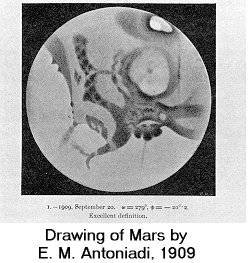I can't say much about its founder. He is the Hungarian emigre Janos Wagenbach who lives in England and is rated a little over 1900 Elo. He claims to have come up with 3...h5 in a blitz game. British correspondence Senior IM Jonathan Tait has also experimented with it.
I thought it might be fun to take a look at it with Stockfish 8 and Komodo 10. According to Stockfish the evaluation after 3...h5 is only the "normal" half a Pawn for white while Komodo 10 is a bit more conservative, putting white's evaluation at only a small fraction of a P.
Clearly there is no outright refutation that results in mate or loss of material, but 3... h5 can't be good because it does nothing to further black's development or control of the center. As one person so aptly put it, when black wins it's either because white misplayed the opening or he got outplayed in the middlegame or ending. Of course with us amateurs that's the case even if we play the latest theory in the Najdorf. The real problem when you play weird or offbeat variations or gambits is that your opponent can usually not go far wrong by playing natural developing moves while you can easily find yourself in a situation where you are forced to find the only move (often an unnatural looking one at that) that avoids disaster.
My database has two games with it. The strongest players were Neil McDonald who faced it against a 2000-rated player named John Dive in an open tournament in London back in 1994. McDonald won in 19 moves. There's also a game, won by white, from a tournament in The Netherlands in 2002. White won that one in 35 moves. But, it looks like it might be a fun line in Blitz games and for us amateurs, even in a serious game provided one is familiar with some playable lines. If you meet a GM, I'd avoid it though.













